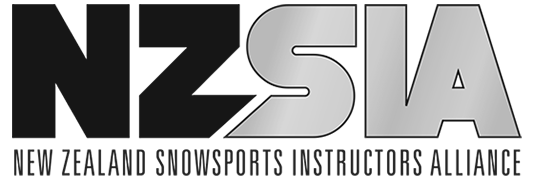Crossover Training
Crossover Training
To develop balance, coordination and timing outside of snowboarding!
One of the big gains of crossover training is the transfer of skills…
Positive and Negative Skill Transfer
Skateboarding
Not only does skating help to develop similar movements to snowboarding, but if you can rise to the challenge of doing tricks on concrete, snowboarding and freeskiing are both likely to seem easier in some respects.
Surfing
More advanced surfers will gain more from the transfer of board skills, particularly in relation to riding transitions and freeriding.
Wakeboarding / Wakesurfing
Wakesurfing is a great crossover sport to do in the same environment but with much lower impact. It helps to build sensory awareness under the feet, plus subtle fore-aft and lateral adjustments.
Longboarding
Balance Boards
Trampolining
Gymnastics / Intro Parkour
Other Sports
A Progression Mind State
Sports that require falling when learning, and consequentially getting back up again, are great for developing character and drive, one challenge at a time.
